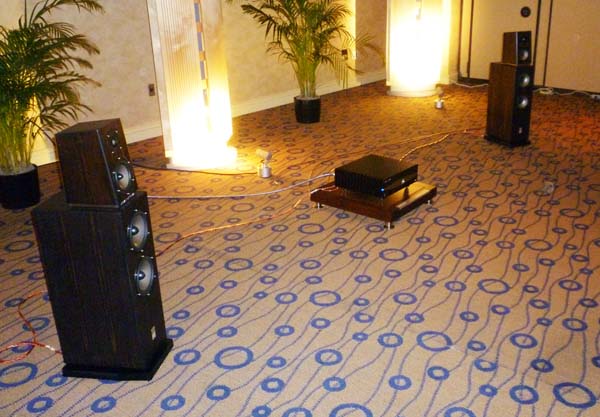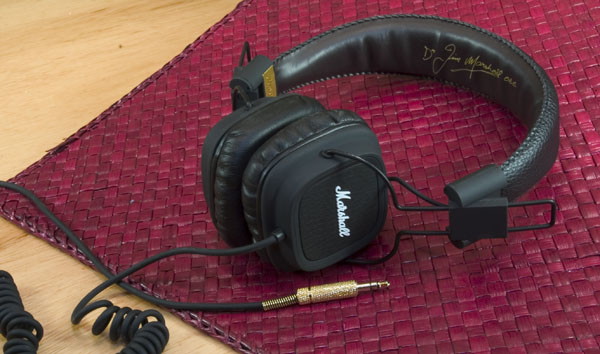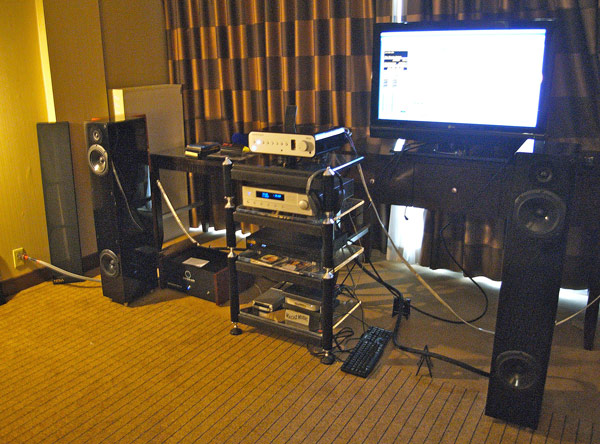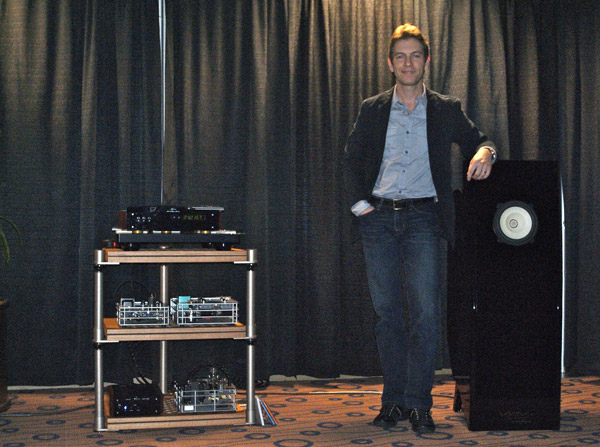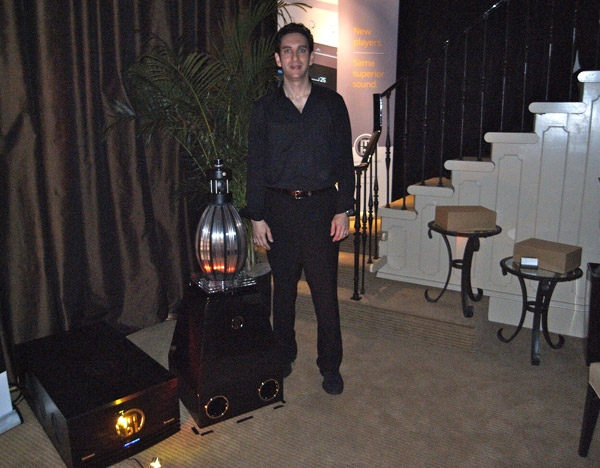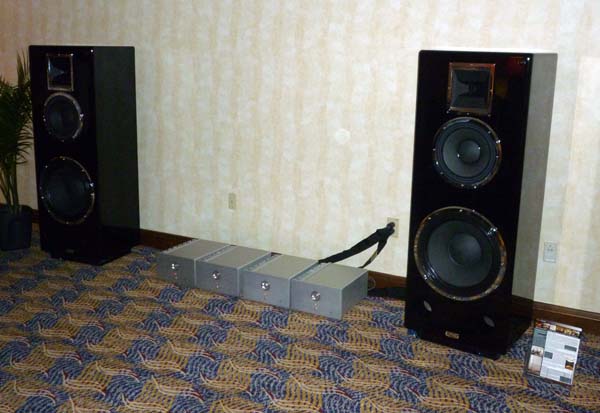
The YG Acoustics Anat III Signature ($119,000/pair) employs a new circuit in its main module which enables the speaker to play louder while minimizing midrange distortion. Though the Anat maintains its rated sensitivity of 89dB, its impedance is more even, which should make the speaker easier to drive. Completing the system were a Veloce preamp, Krell 402 amplifier, dCS Scarlatti system, and Kubala Sosna Elation cables.
Alright. As some graceful piano came slowly tinkling into the room, I was immediately struck by the system’s combination of scale and delicacy. And when the first voice came in, it was one of those holy shit moments. And when the second voice came in, it was another one of those holy shit moments. And when the two voices came together, all I could do was sit there and grin like a dummy, in awe of the texture and tone and exquisite delineation of images. And then the percussion—fast and clean and authoritative. It added up to a compelling complete performance, just as sonically impressive as it was emotionally involving.
I heard myself thinking wild thoughts: It’s incredible that reproduced music can sound this good…. Sitting there listening to Herbie Hancock’s The Imagine Project, I was having the same sort of reaction as when walking the halls of a museum or strolling down 34th Street between Fifth and Sixth Avenues, looking up at the Empire State Building: I’m just sort of amazed that humans can create such beauty.

